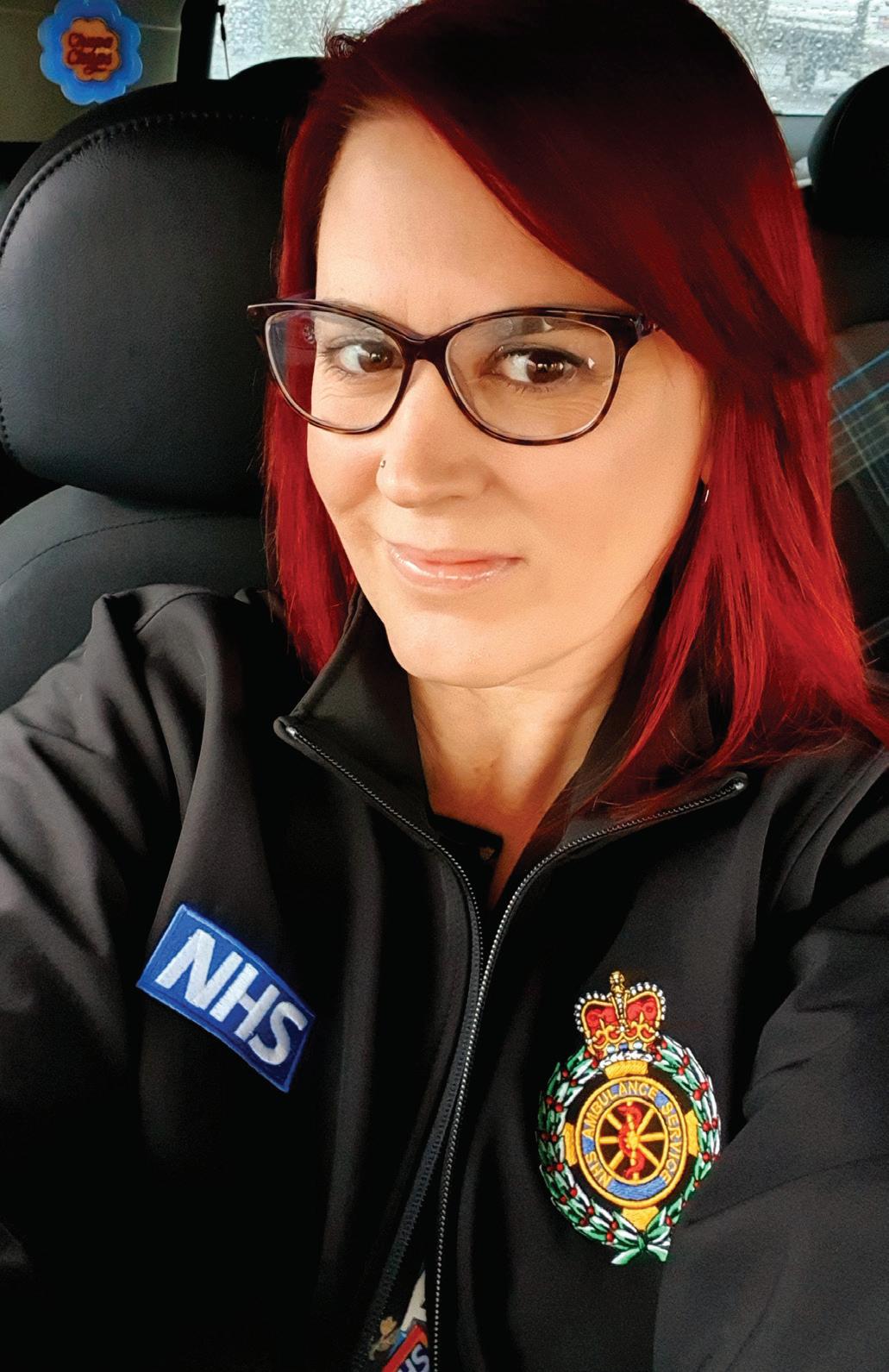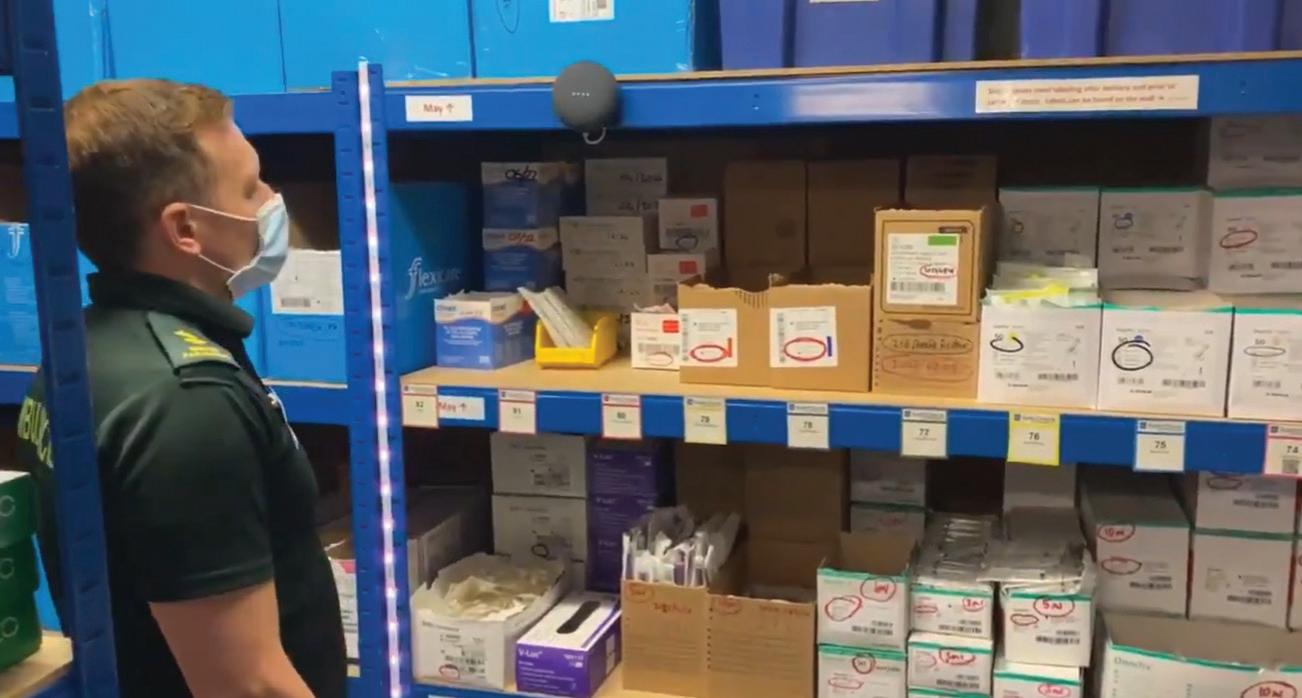
3 minute read
From managing sick animals to ambulance apprentices
Lynne Kerrigan knows all about caring for poorly animals, her 27-year career in veterinary practice and education means she has seen and done some amazing things.
Lynne who is a qualified veterinary nurse, explains why she decided just over a year ago to pluck up the courage, take the leap and join Team NWAS as education manager - practice. We find out why veterinary and human medicine is more commonly linked than you may think!
“I have always been fascinated by ‘blood and gore’ and as a child spent hours in front of the television with my mum watching real-life hospital shows to get a fix. This combined with my love of animals led me into a career path of veterinary nursing.

“I started working in veterinary practice in 1992 securing a trainee position in 1998. I qualified in 2000 as a veterinary nurse and I loved my years working in both small and farm animal practices as a head veterinary nurse. I went on to achieve qualifications as an assessor and spent my time working with student veterinary nurses on their portfolios. This sparked my interest in teaching.”
From here Lynne became a full time lecturer in veterinary nursing at a large college in Lancashire before progressing to further education assistant head of school there. Amongst many responsibilities, her role included teaching across a range of courses from the diploma, the BSc (Hons) and the advanced diploma level in veterinary nursing. Lynne talks about how this led her to Team NWAS.
“My main areas of interest within veterinary practice and teaching are surgical nursing, end of life care and critical care. As much of the knowledge and skills used within veterinary practice are drawn from human practices, I have always had a keen interest in the field of human medicine and the emergency setting.
“A conversation with a friend who works at NWAS confirmed the similarities that exist between the apprenticeship models used for both veterinary nurses and emergency medical technicians and so I applied for the position and the rest as they say is history.
“I am frequently asked by colleagues if I miss working in veterinary practice and I still get lots of questions from friends and family who are pet owners asking for clinical advice which keeps my veterinary nursing brain active. Whilst I do miss the reward of nursing a sick animal back to health or the feeling that I have supported somebody through a traumatic experience, such feelings are replaced with the joy of seeing a learner who doubts their ability start to recognise their potential. It may sound clichéd but as an educator you become a part of your learner’s journey, and that is a great privilege.
“I still do the occasional guest lecture at my old college and knowing about my new role, the learners seem more interested in talking about ambulances and what I have seen whilst on observation shifts. I’m thoroughly enjoying being a part of Team NWAS and the variety my role brings.”

What are the similarities between veterinary and human medicine?
“There are many which often surprises people – humans are mammals in the same way that your pet dog or cat is and so the anatomy and physiology and therefore pathophysiology of disease is extremely similar.
“Many of the conditions that we see in veterinary patients are the same as in human patients such as diabetes, renal failure, arthritis, UTIs, cancer etc. We also see a lot of complex injuries caused by road traffic collisions much the same as with human casualties. Many of the drugs given and the surgical procedures performed are also the same.
“Veterinary nurses assist with surgical procedures, monitor anaesthesia, take radiographs, place intravenous cannulas, perform intubation, administer fluid therapy, take samples and run diagnostic tests, administer medication via a variety of routes and even perform minor acts of veterinary surgery such as suturing wounds or removal of cutaneous masses.
“The main difference of course is that veterinary patients cannot tell you what the problem is and so it is rather like paediatric medicine and treatment in that respect.”










